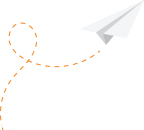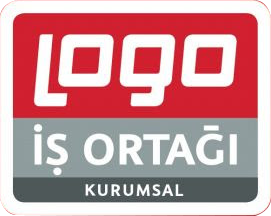For Spa & Sports Centers
Meet Protel’s access control systems
Access control systems refer to systems that are used to manage or oversee who can pass through which access points in a business, facility or building, or whether or not certain devices and equipment in a facility are used by authorized persons.
These systems control not only the passages, but also access. They are therefore also known as access control systems. Turnstile, card access systems, locker, cover and door locks, as well as identity authentication systems are all included in this class. Monitoring doors and lockers aren’t the only abilities of advanced access control systems; they can also monitor access to devices or equipment such as computers, control panels and infrastructure panels.
Protel offers customized access control systems for hotels, restaurants and tourism business facilities of any kind.
Access Control Systems
For Spa & Sports Centers
Meet Protel’s access control systems
Access control systems refer to systems that are used to manage or oversee who can pass through which access points in a business, facility or building, or whether or not certain devices and equipment in a facility are used by authorized persons.
These systems control not only the passages, but also access. They are therefore also known as access control systems. Turnstile, card access systems, locker, cover and door locks, as well as identity authentication systems are all included in this class. Monitoring doors and lockers aren’t the only abilities of advanced access control systems; they can also monitor access to devices or equipment such as computers, control panels and infrastructure panels.
Protel offers customized access control systems for hotels, restaurants and tourism business facilities of any kind.
Access Control Systems
For Spa & Sports Centers
Meet Protel’s access control systems
Access control systems refer to systems that are used to manage or oversee who can pass through which access points in a business, facility or building, or whether or not certain devices and equipment in a facility are used by authorized persons.
These systems control not only the passages, but also access. They are therefore also known as access control systems. Turnstile, card access systems, locker, cover and door locks, as well as identity authentication systems are all included in this class. Monitoring doors and lockers aren’t the only abilities of advanced access control systems; they can also monitor access to devices or equipment such as computers, control panels and infrastructure panels.
Protel offers customized access control systems for hotels, restaurants and tourism business facilities of any kind.
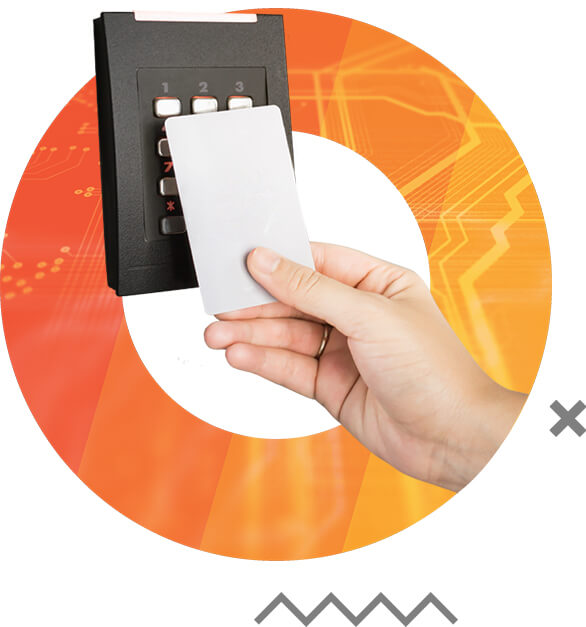
How do access control
systems work?
The first stage of passage or access control is identification. The system decides who to allow access based on identities. There are many ways to identify a person; some of these are fingerprints, cards with radio-frequency identification (RFID) system, near field communication (NFC) systems, or optic technologies. While some of these methods require the use of a card or magnetic device, some require definition of the biometric information of users in the system. Card readers, optic readers or biometric readers can then compare the information and decide on authorization for access. It is then automatically determined who should have access to the entrance or the object protected by the access control system.
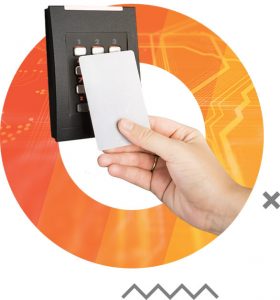
How do access control
systems work?
The first stage of passage or access control is identification. The system decides who to allow access based on identities. There are many ways to identify a person; some of these are fingerprints, cards with radio-frequency identification (RFID) system, near field communication (NFC) systems, or optic technologies. While some of these methods require the use of a card or magnetic device, some require definition of the biometric information of users in the system. Card readers, optic readers or biometric readers can then compare the information and decide on authorization for access. It is then automatically determined who should have access to the entrance or the object protected by the access control system.
Benefits of Access Control Systems
- Access control systems consist of many sub-systems. Door entry systems such as card access or turnstile systems only allow authorized people to enter the facility. Unauthorized persons are either not admitted to the facility or have limited access to it for a certain period of time with the knowledge of and authorization from the personnel.
- Access control systems restrict access to entry-exit, covers, doors and devices, and contribute to security by only providing permission to authorized persons.
- Advanced access control systems, such as Gantner, record who accessed a place or device on what date and time and for how much time. Correspondingly, if any undesired incident occurs, the number of potential suspects can be decreased.
- Access control systems can provide detailed tracking reports of authorized persons with access records accompanied with date and time information.
- Access control systems can also be used as staff tracking systems. Furthermore, tracking is possible either by a RFID card or by an NFC device given to the staff, or by biometric information such as fingerprints. Thus both an increase in options and convenience is provided for the staff.
- An access control system network which covers a whole facility can provide unparalleled data for CRM systems. This data is particularly important in facilities with multiple departments that offer several services in terms of evaluation of performance and demand volume.
- Since access control systems maintain the records of access information with details such as date and time, budget assessments can be made more effectively thanks to information such as how many customers used which department of the facility for how much time.
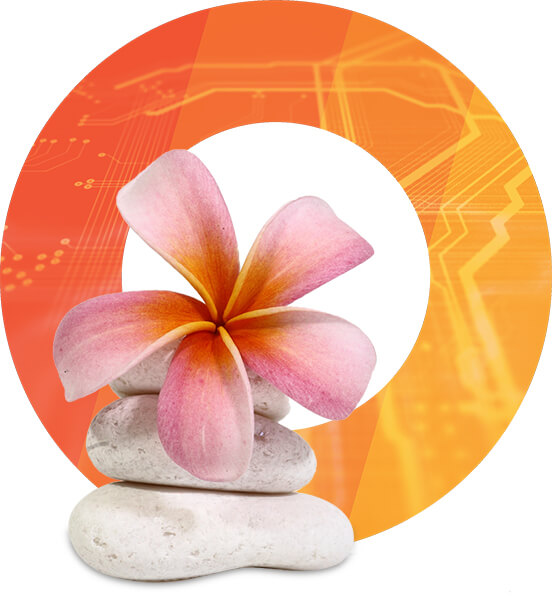
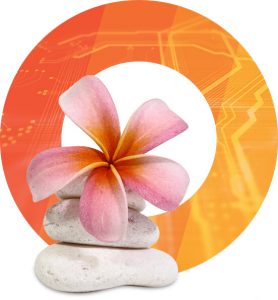
Benefits of Access Control Systems
- Access control systems consist of many sub-systems. Door entry systems such as card access or turnstile systems only allow authorized people to enter the facility. Unauthorized persons are either not admitted to the facility or have limited access to it for a certain period of time with the knowledge of and authorization from the personnel.
- Access control systems restrict access to entry-exit, covers, doors and devices, and contribute to security by only providing permission to authorized persons.
- Advanced access control systems, such as Gantner, record who accessed a place or device on what date and time and for how much time. Correspondingly, if any undesired incident occurs, the number of potential suspects can be decreased.
- Access control systems can provide detailed tracking reports of authorized persons with access records accompanied with date and time information.
- Access control systems can also be used as staff tracking systems. Furthermore, tracking is possible either by a RFID card or by an NFC device given to the staff, or by biometric information such as fingerprints. Thus both an increase in options and convenience is provided for the staff.
- An access control system network which covers a whole facility can provide unparalleled data for CRM systems. This data is particularly important in facilities with multiple departments that offer several services in terms of evaluation of performance and demand volume.
- Since access control systems maintain the records of access information with details such as date and time, budget assessments can be made more effectively thanks to information such as how many customers used which department of the facility for how much time.


